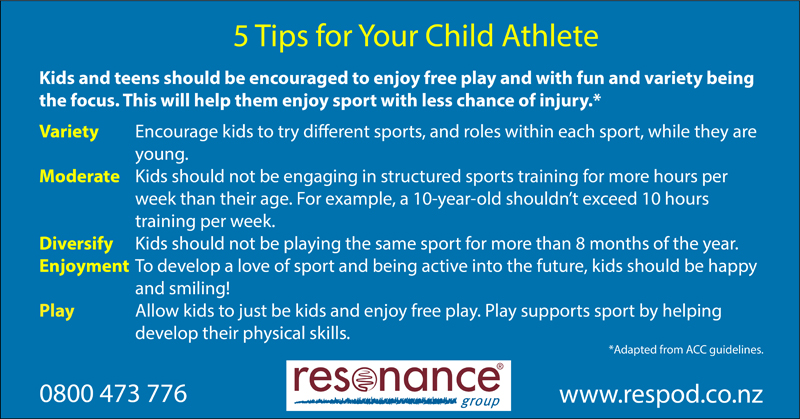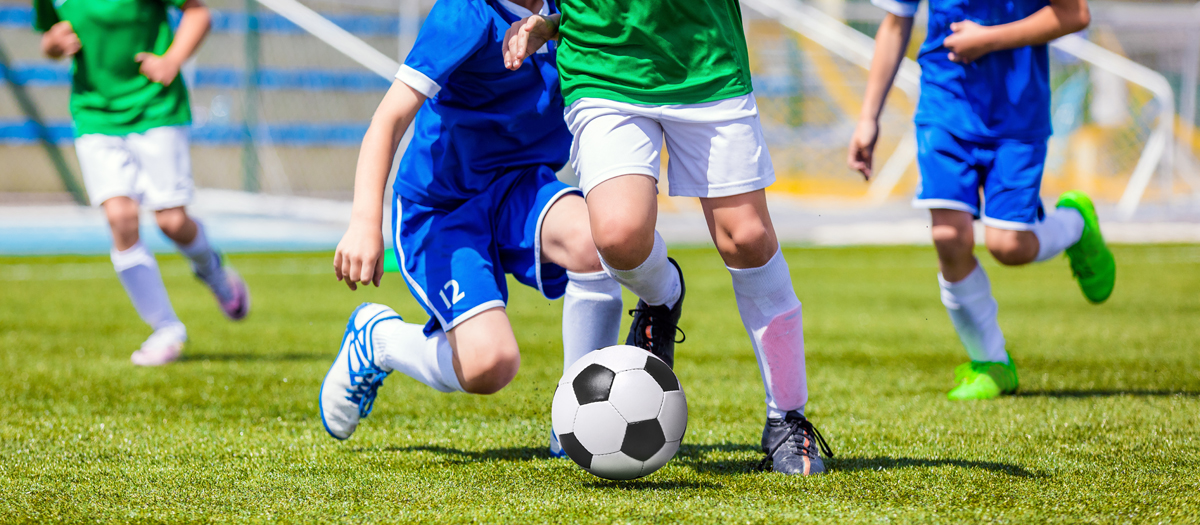I recently attended the Sports Performance and Prevention Conference and the title was “The Everyday Youth Athlete”.
In recent years, there has been a trend toward more structured, sport-specific, high-intensity training in younger children. There is little knowledge regarding the potential benefits of highly focused, intensive training for the child athlete. There is also limited information around the risks that this type of training might affect the child’s developing mind and body.
Childhood obesity and its associated health problems, cardiovascular disease and diabetes mellitus, have also increased in recent years. There is more and more data and information demonstrating the positive effects of training on the cardiovascular system, bone development and strength, and mental health, which provides strong support for setting a minimal training threshold for every child.
There has been an increase in physical activity levels to fight the epidemic of global obesity. Guidelines for physical activity in children were first established by the American College of Sports Medicine in 1988 with the goals of optimizing bone health, muscular strength, flexibility, and general health. The initial recommendation of the convened expert panel was for 20 to 30 minutes of vigorous exercise daily. Subsequent recommendations established in 1994 by the International Consensus Conference on Physical Activity Guidelines for Adolescents were also based largely on the increase in the number of children worldwide who are overweight and, frankly, obese.
Sadly, despite this difference of potentially hazardous behaviour patterns affecting the world’s youth—too much or little training— there is a paucity of science-based information guiding our decision making about training children and the child athlete.
Cardiovascular training, or endurance training, is defined as a “structured exercise program that is sustained for a sufficient length of time with sufficient intensity and frequency to induce an improvement in aerobic fitness.” Aerobic fitness is influenced by several factors such as genetics, age, sex, and fat mass, but is largely determined by the frequency, duration, and intensity of physical activity performed over time.

There is little information regarding what encompasses excessive or potentially harmful training as well as what the effects (both beneficial and detrimental) of high-intensity, sport-specialization may be.
With increasing numbers of participation in physical activity at all levels of intensity, there is a clear need to establish training guidelines that optimize athletic performance without compromising the child athlete’s physical, mental, and emotional health.
In addition to the acute sports related injuries that the young athlete may sustain, overuse injuries are often associated with over-training.
The concern is that the skeletally immature athlete is damaging the growth cartilage. Injuries to the growth cartilage may be divided into articular, apophyseal, and physeal injuries.
Osteochondritis dissecans lesions, which are frequently found in the knee, elbow, and ankle of physically active children and affect primarily the articular cartilage and subchondral bone, are a common complication of overtraining. The apophyseal cartilage of the knee (Osgood–Schlatter’s disease) is an area commonly affected by repetitive use, resulting in a painful traction apophysitis.
If you are at all concerned about your budding athlete, book an appointment with us today.
Resonance Podiatry clinics, providing top class treatment.
0800 473 776
www.respod.co.nz


